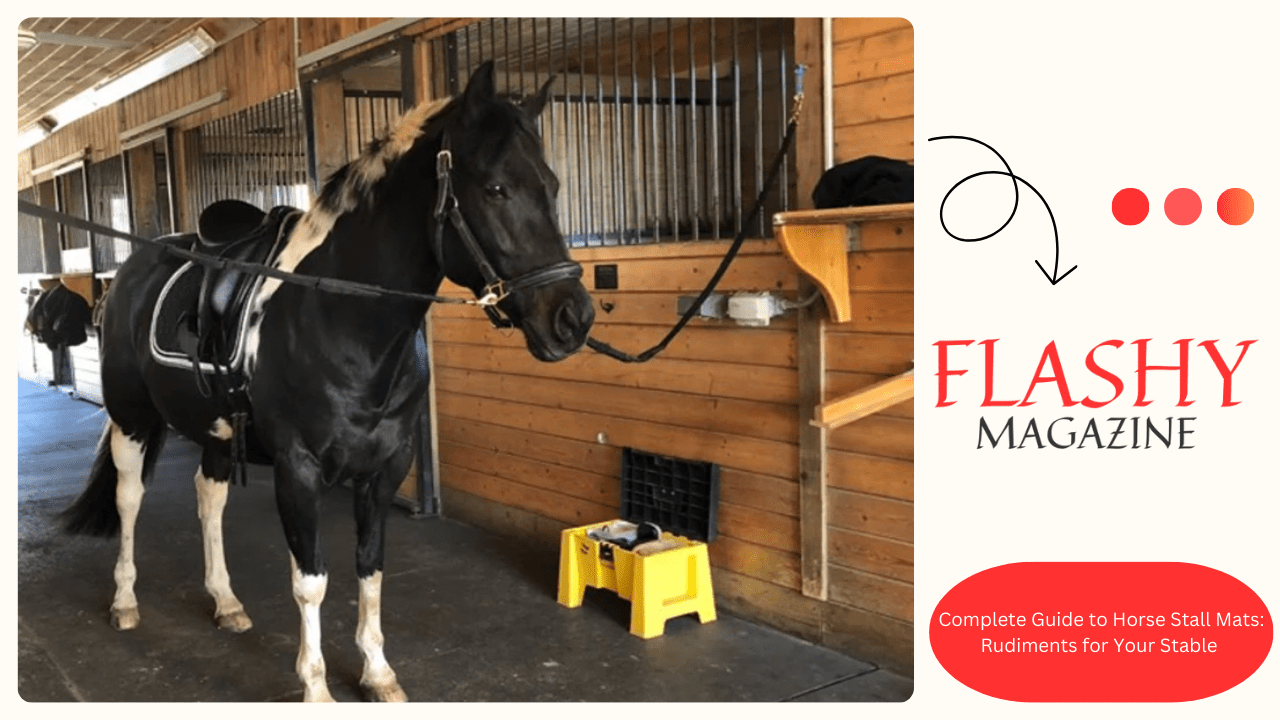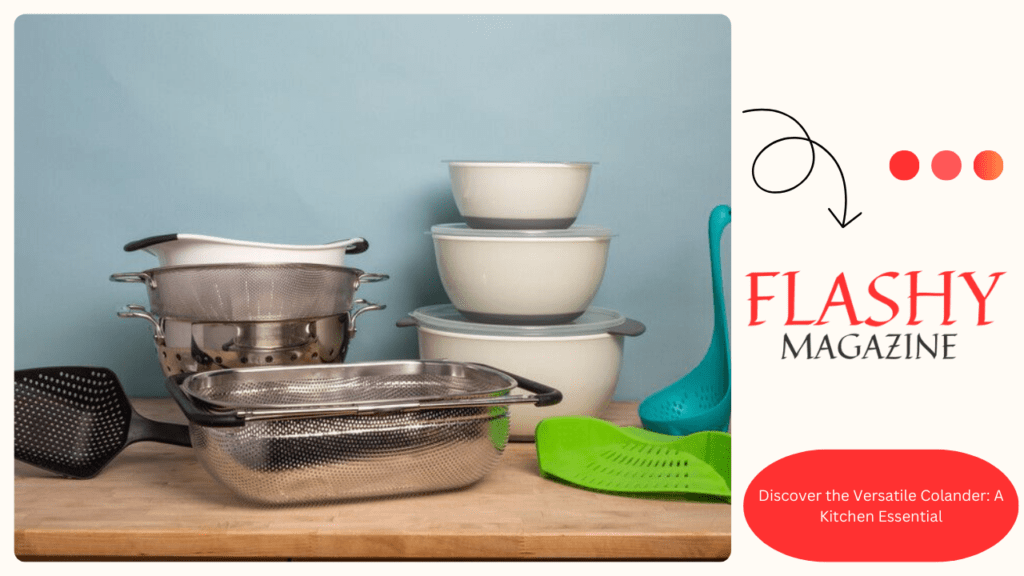Horse Stall Mats are an essential part of any stable and offer a number of benefits that ameliorate your steed’s well- being and make stable operation more effective. Whether you are starting a new stable or looking to ameliorate your being one, understanding the value of Horse Stall Mats can help you make an informed decision. In this companion, we’ll explore what steed cube mats are, their benefits, the different types available, and how to choose the stylish mats for your requirements.
What Are Horse Stall Mats?
Carpets for forces are durable flooring results made primarily of high- quality rubber. Designed to give nags with a comfortable, on-slip face, these mats are generally installed in booths, barn aisles, marshland areas and indeed campers. The primary purpose of steed pads is to produce a gentled terrain that reduces stress on the steed’s joints and hooves, minimizes the threat of injury, and facilitates stable operation.
Advantages of Horse Stall Mats
- Increased Comfort for Horses: Horses spend a significant portion of their time standing, whether they’re in forces or being prepped. Hard shells similar as concrete or toughened dirt can be uncomfortable and indeed dangerous to a steed’s joints over time. Horse Pads give a gentled face that helps relieve pressure on the legs and hooves, reducing the threat of common pain, arthritis and other affiliated conditions.
- Advanced Safety: One of the most significant advantages of steed cube mats is their on-slip face. This point is especially important in areas that are prone to getting wet or muddy, similar as marshland boxes or entrances. Then on-slip texture of these mats helps help accidents and keeps both nags and instructors safer.
- Easier to Clean and Maintain: Stall conservation can be a pain, but stable mats make it easy. They produce a hedge that prevents humidity, urine and ordure from percolating into the ground, therefore limiting unwelcome odors and the accumulation of bacteria. The mats are easy to clean – just reach or sock them down to keep the area aseptic.
- Bedding Savings: With horse stall mats installed, you’ll find that you use lower coverlet material. The mats themselves give enough bumper so you do not have to put down as important straw or slices. This reduction in coverlet not only saves plutocrat, but also reduces the time spent drawing booths.
- Long Life and Continuity: High quality steed cube mats are erected to last. It withstands the diurnal wear and tear and gash of nags including heavy hooves and the movement of nags lying down and standing up. Investing in durable mats means you will not need to replace them frequently, making them a cost-effective option in the long run.
Types of Horse Stall Mats
- Straight Edge Mats: These mats have straight edges and are generally vended collectively. They’re protean and can fluently be cut to fit the confines of any stage. still, because they do not lock together, they can shift over time, especially in high- business areas.
- Interlock Mats: Interlock mats have mystification- suchlike edges that fit tightly together to form a stable, nonstop face. These mats are ideal for larger booths or high business areas as they’re less likely to shift or tear over time.
- Movable Mats: For those traveling with their nags, movable pads offer a accessible result. These mats are lighter and easier to transport, making them ideal for temporary placement in campers or at events. While they may not offer the same position of continuity as heavier mats, they still give acceptable bumper and safety.
- Textured vs. Smooth Mats: Steed cube mats come in both textured and smooth designs. Textured mats give fresh grip, which can be salutary in wet or high- business areas. Smooth mats are easier to clean and may be more suitable in areas where grip is less important.
How to Choose The Right Horse Stall Mats
When choosing steed stable mats, consider the following factors to insure you choose the stylish option for your stable:
- Size and Consistence: The size of the mats should match the confines of your cell to avoid gaps where dirt and humidity can collect. The consistence of the mat is also critical – thicker mats offer further bumper but can be heavier and more delicate to install. Common density range from 1/2 inch to 3/4 inch .
- Material Quality: Look for mats made from high quality on-toxic rubber. Some cheaper mats may contain dangerous chemicals or smell unwelcome. Conclude for mats that are specifically designed for steed forces as they’re made to repel the unique demands of this terrain.
- Ease of Installation: Consider how easy the mats will be to install and maintain. Cinch mats, while more stable, may bear further trouble to fit together duly. Straight- edged mats are easier to lie, but may bear further frequent repairs.
- Budget: While it’s essential to invest in quality mats, it’s also important to stick to a budget. Compare prices and consider the long- term benefits of each option to find the stylish value for your plutocrat.
Installation and Conservation Horse Stall Mats
- Preparation: Before installing the steed mats, make sure the stable bottom is position and clean. A smooth, flat face will help the mats lie flat and stay in place.
- Installation: Lay the mats, start from one corner and work your way outwards. For interlocking mats, make sure the edges fit together securely. However, trim the pad with a cutter so that it fits impeccably to stable confines, If necessary.
- Securing the Mats: While utmost mats will stay in place due to their weight, you may need to secure them in high- business areas. This can be done using glue, screws, or nails, but insure these accoutrements do not pose a threat to your steed.
- Regular Conservation: Clean the mats regularly by sweeping, irrigating or using a mild detergent. Check regularly for signs of wear and tear or damage, especially in areas with heavy business or humidity.
Conclusion
Horse Stall Mats! Steed stable mats are a worthwhile investment for any stable proprietor and offer a number of benefits that ameliorate the comfort and safety of the steed while making stable conservation easier. By choosing the right type of mat and installing it rightly, you can produce a healthier and more comfortable terrain that supports your steed’s well- being. Whether you want to reduce coverlet costs, help injuries, or simply make stable cleaning easier, stable mats are an essential addition to your steed care routine.








